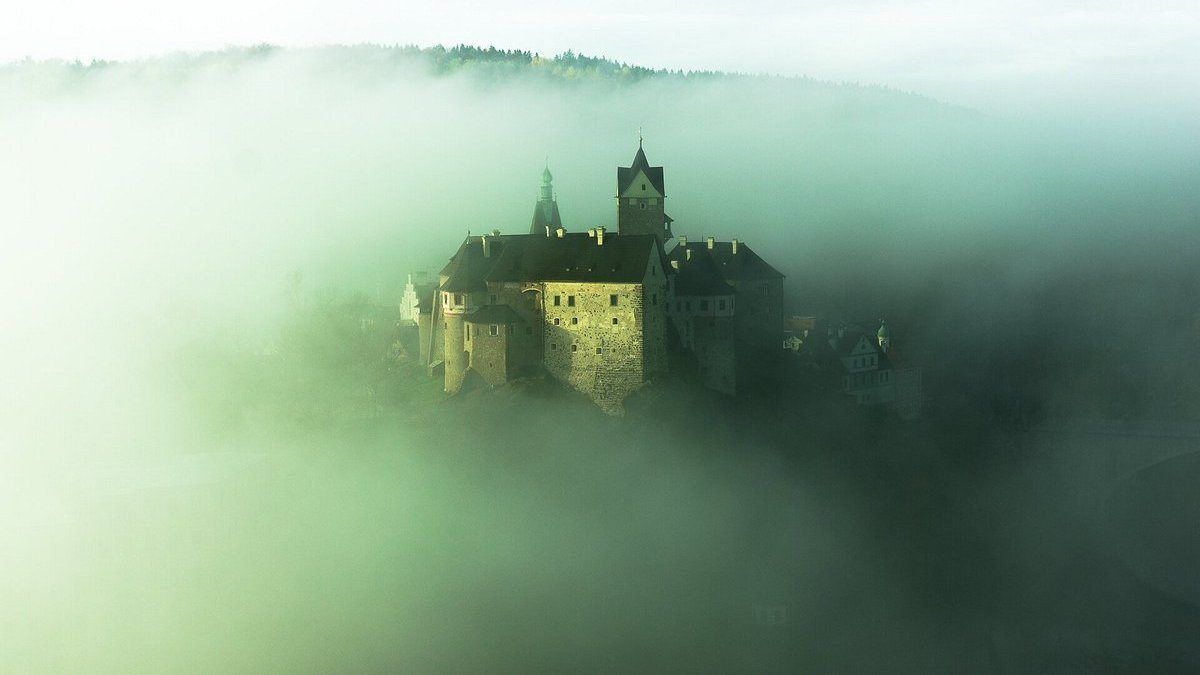Stravinsky’s “Mavra”: A Neoclassical Comic Opera in One Act
Igor Stravinsky’s one act comic opera, Mavra, is delightfully intimate, colorful, and whimsical. Unfolding in a mere 30 minutes, the opera features two arias, a duet, and a quartet, performed by a cast of four characters. Based on Alexander Pushkin’s poem, The Little House in Kolomna, it has been described as a “satire of petit-bourgeois manners.” The libretto was written by Boris Kochno, a young assistant to the dance impresario, Serge Diaghilev. Set in …







